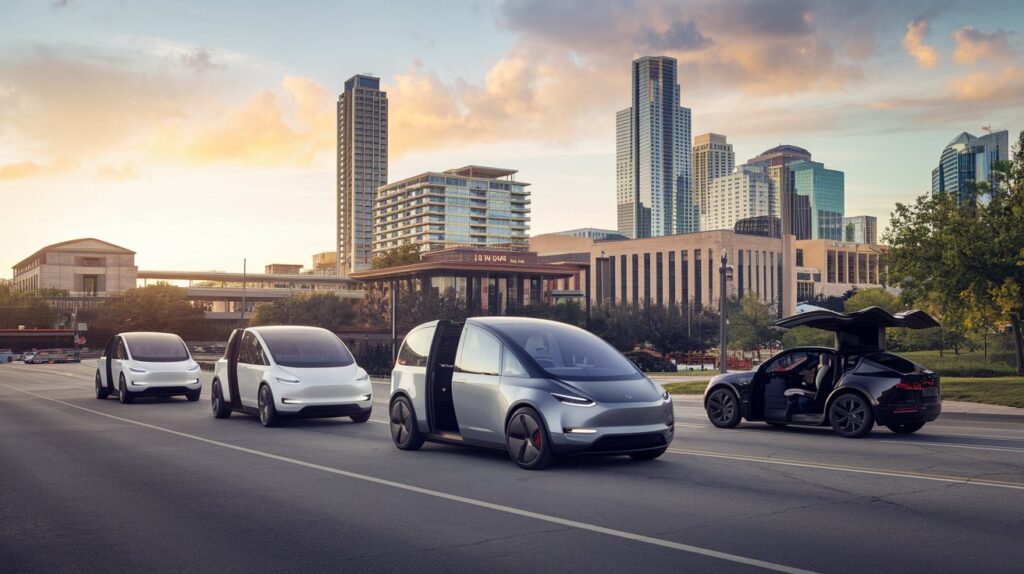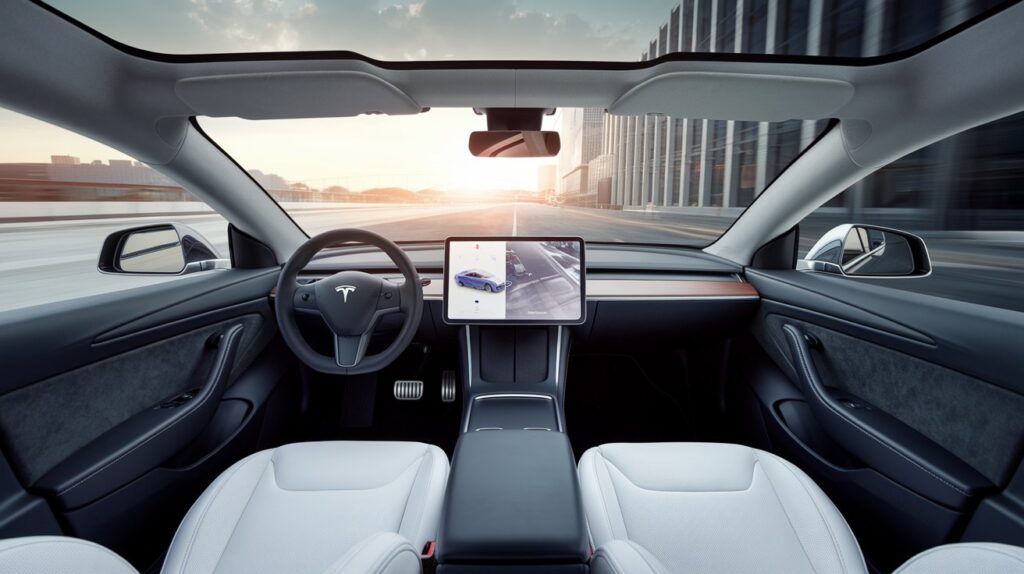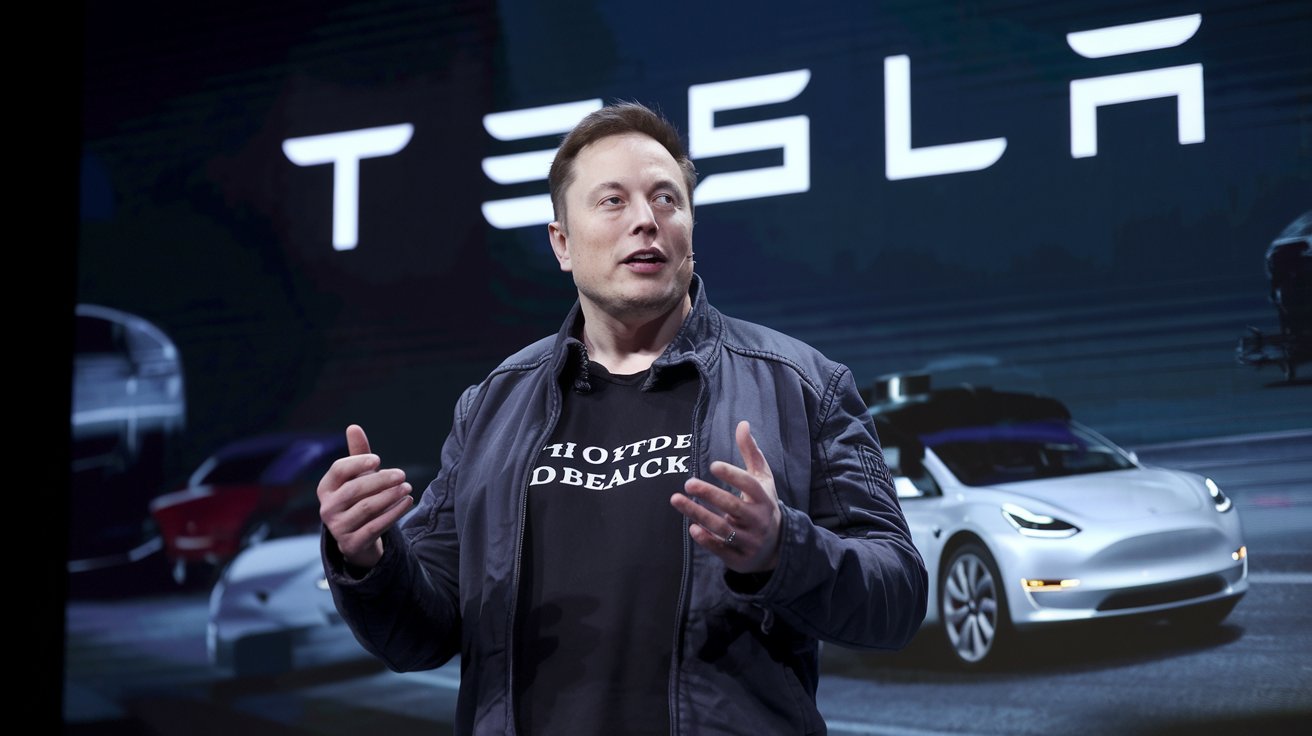Tesla’s Robotaxi Ambitions: Elon Musk Looks to Texas for Regulatory Flexibility. As Tesla pushes the boundaries of autonomous driving, CEO Elon Musk is setting his sights on Texas to roll out the company’s first fully autonomous ride-hailing service. The state’s flexible regulatory environment makes it an ideal location for this groundbreaking venture, positioning Tesla to lead the future of transportation.
Why Texas? The Regulatory Advantage
Texas offers a business-friendly regulatory framework that favors technological innovation, especially in autonomous vehicles. Unlike states like California, where stringent laws and permit requirements slow down the adoption of autonomous tech, Texas provides an open road for companies like Tesla. The state’s legislation allows autonomous vehicles to operate on public roads as long as they comply with traffic laws, are equipped with recording devices, and meet federal safety standards. This regulatory flexibility significantly reduces operational hurdles for Tesla’s robotaxi ambitions.
The Robotaxi Vision: A Glimpse into the Future

Tesla plans to launch its first robotaxi service in Austin by June 2025. This service will utilize a fleet of Tesla-owned vehicles powered by the company’s advanced Full Self-Driving (FSD) software. Unlike traditional ride-hailing services that rely on human drivers, Tesla’s robotaxis will operate without any human intervention, marking a revolutionary shift in urban mobility.
Elon Musk has long championed the idea of autonomous ride-hailing as a key pillar of Tesla’s growth strategy. By eliminating the need for drivers, Tesla aims to lower transportation costs, improve efficiency, and reduce traffic-related fatalities. The success of this initiative could redefine the global ride-hailing industry.
Challenges on the Road Ahead

While Texas offers regulatory advantages, Tesla still faces significant challenges, particularly around safety and public trust. The National Highway Traffic Safety Administration (NHTSA) and the U.S. Department of Justice have been scrutinizing Tesla’s FSD technology following incidents involving autonomous vehicles. In October 2024, the NHTSA launched an investigation into 2.4 million Tesla vehicles equipped with FSD software due to several crashes, including a fatal pedestrian accident.
These incidents highlight the critical need for robust safety measures. Tesla must demonstrate that its FSD software can operate reliably under diverse driving conditions without human oversight. Additionally, insurance models will need to evolve to cover fully autonomous vehicles, shifting liability from drivers to manufacturers.
Strategic Growth and Future Prospects
Beyond safety, Tesla’s robotaxi initiative opens up significant business opportunities. The company could generate substantial revenue from ride-hailing services, complementing its existing vehicle sales. Furthermore, Tesla’s ability to collect vast amounts of driving data will enhance the continuous improvement of its FSD technology, creating a self-reinforcing growth cycle.
The choice of Austin is strategic not just because of Texas’s regulatory environment but also due to the city’s tech-savvy population and growing infrastructure. As more cities adopt smart transportation solutions, Tesla’s early entry into autonomous ride-hailing could establish it as the market leader.
Conclusion
Tesla’s robotaxi ambitions represent more than just a technological milestone; they signal a transformative shift in how we think about transportation. By leveraging Texas’s regulatory flexibility, Tesla is poised to set new standards in autonomous mobility. However, the journey will require navigating complex challenges related to safety, legal liability, and public acceptance.
If successful, Tesla’s robotaxi service could revolutionize urban transport, making autonomous ride-hailing a mainstream reality in the USA and beyond.





